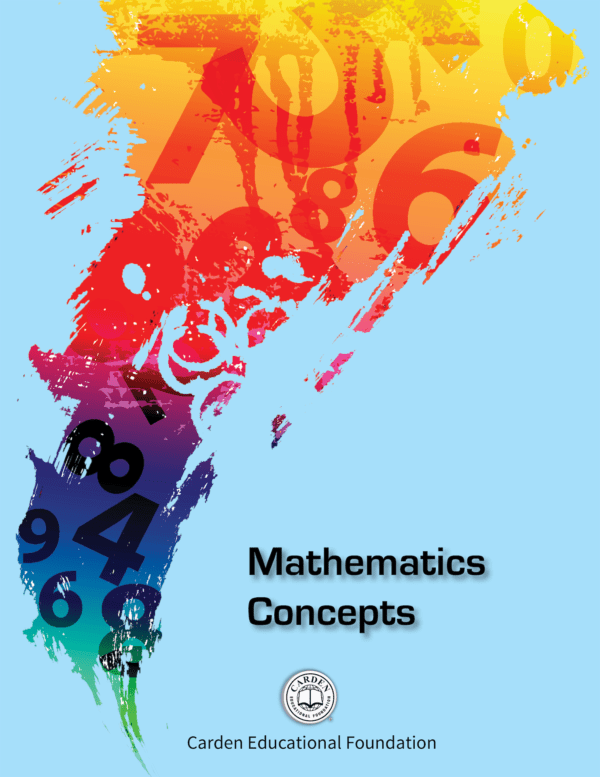Mathematics is often considered a challenging subject by many students, but at the same time, it is an essential skill that plays a crucial role in our daily lives. In traditional education settings, math is typically taught through lectures and textbooks, which can be daunting for students who struggle with abstract concepts. However, alternative schooling approaches offer innovative methods to make math more engaging and accessible to all learners.
One key concept in mathematics that alternative schools often emphasize is problem-solving. Instead of focusing solely on rote memorization of formulas and procedures, students are encouraged to think critically and creatively to solve real-world problems. This approach not only helps students develop their analytical skills but also fosters a deeper understanding of mathematical concepts.
Another important aspect of math education in alternative schools is the use of hands-on activities and manipulatives. By using physical objects like blocks, counters, or even everyday items such as buttons or coins, students can visualize abstract mathematical ideas and gain a concrete understanding of complex concepts. These tactile experiences help make math more tangible and relatable for learners who may struggle with purely abstract thinking.
Furthermore, alternative schools often incorporate interdisciplinary approaches to teaching math. By integrating math with other subjects such as science, art, or music, students can see how mathematical concepts are interconnected with various aspects of the world around them. This holistic approach not only makes learning more engaging but also helps students appreciate the relevance of mathematics in different contexts.
In addition to traditional arithmetic operations like addition, subtraction, multiplication, and division, alternative schools also introduce students to advanced mathematical concepts at an early age. For instance, topics like geometry, algebraic thinking, probability theory, and statistics are explored through hands-on projects and collaborative activities that encourage exploration and experimentation.
Moreover,
alternative schools prioritize individualized instruction in mathematics by tailoring lessons to meet each student’s unique learning needs. Whether through small group discussions or one-on-one tutoring sessions,
educators work closely with students to identify their strengths
and weaknesses
and provide targeted support accordingly.
This personalized approach helps build confidence in struggling learners while challenging advanced students to reach their full potential.
Another innovative strategy used by alternative schools is project-based learning in mathematics.
Students engage in long-term projects that require them
to apply mathematical concepts
to real-world scenarios.
For example,
students may design a budget for a hypothetical business venture,
analyze data trends from scientific research,
or create geometric models using 3D printing technology.
Through these projects,
students not only deepen their understanding of math but also develop critical thinking skills
Furthermore,
alternative schools often integrate technology into their math curriculum.
From interactive online platforms
to educational apps
and computer simulations,
students have access to a wide range of digital tools that enhance their learning experience.
By incorporating technology into math instruction,
students can explore complex concepts visually
and interactively while developing valuable technical skills
In conclusion,
alternative schooling approaches offer innovative strategies for teaching mathematics that cater to diverse learning styles
and abilities.
By emphasizing problem-solving,
hands-on activities,
interdisciplinary connections,
advanced topics at an early age individualized instruction project-based learning technological integration educators empower students
to become confident mathematicians who can apply their skills beyond the classroom setting

Leave a comment